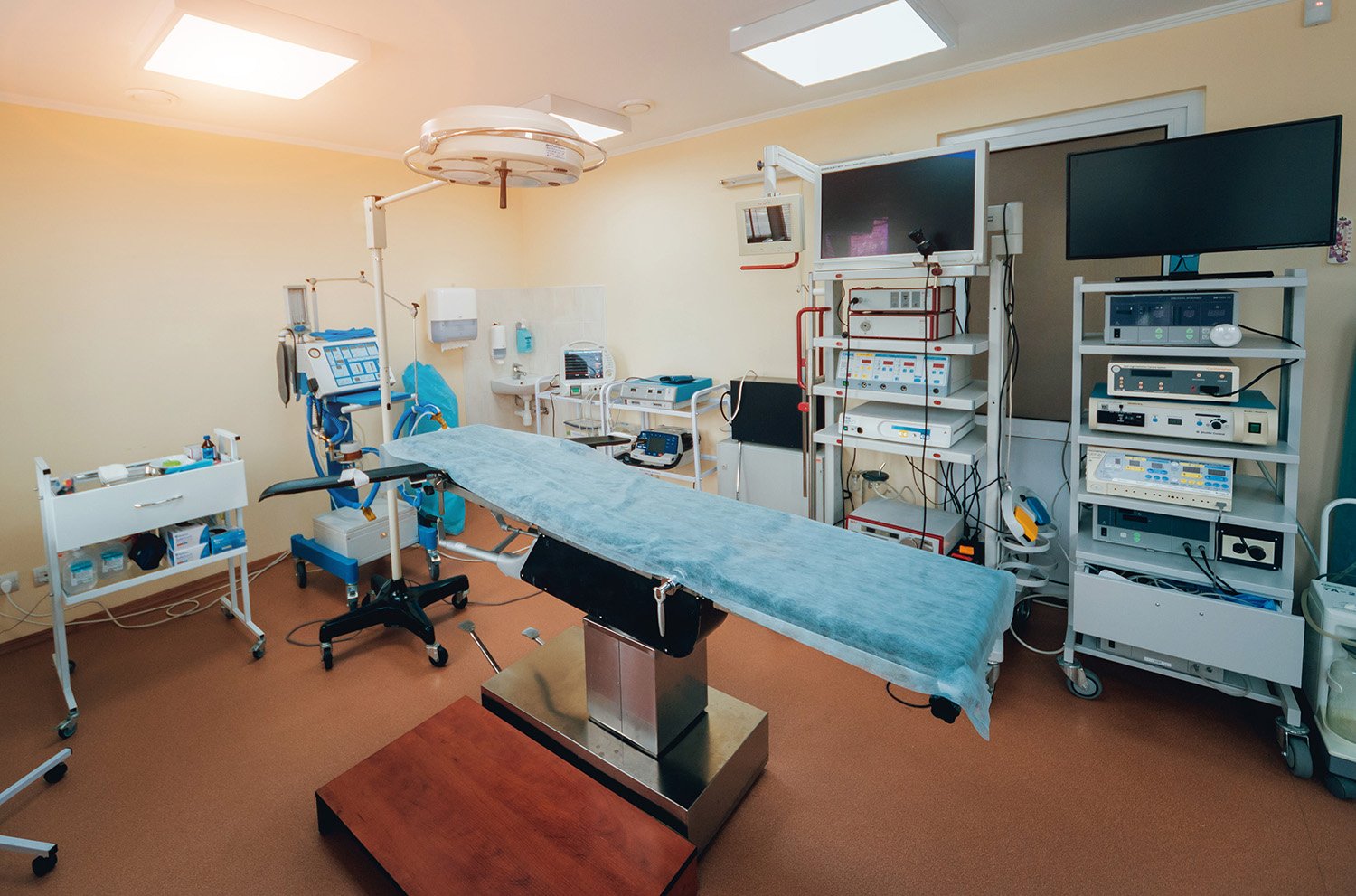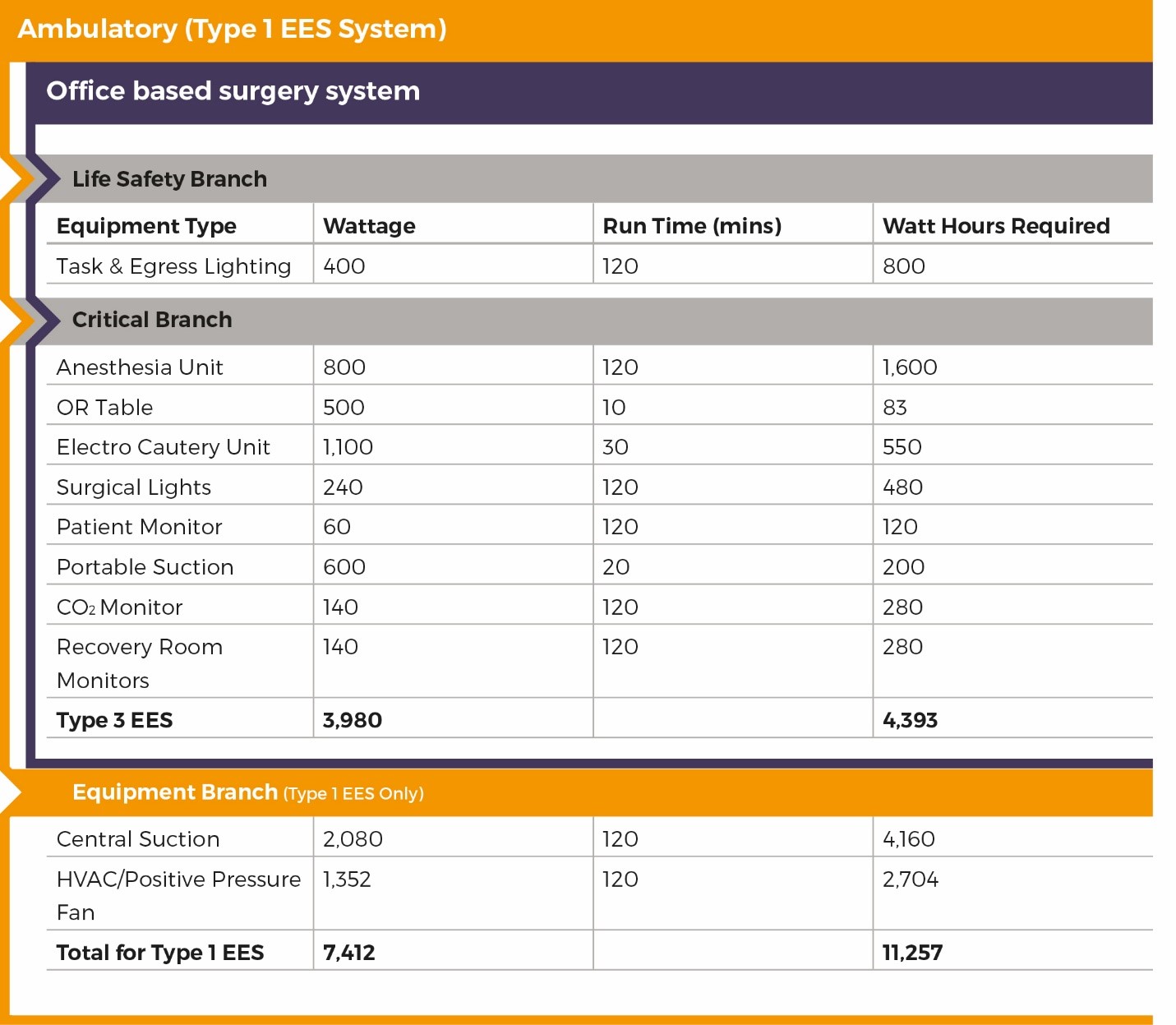We would like to hear from you
Contact Us!
Our sales and technical support staff are available 8-5 EST, Mon-Fri
Getting and keeping accreditation is one of the most important things a healthcare facility can do. Accreditation, along with backup power, helps the facility keep running so it can provide important services to the community. Without it, the facility might have to close.
According to the American Association for Accreditation of Ambulatory Surgery Facilities (AAAASF), a key organization that awards accreditation, an accredited facility must have the right equipment to perform the medical procedures listed on its application and be ready to handle emergencies.

Between the number of medical specialties and the number of accrediting bodies, the exact power requirements when seeking accreditation can vary greatly based on many factors, including field, locale, and whether your practice seeks to accept Medicare/Medicaid payments.
The amount of equipment, the types of tools, and how a facility uses them can impact the size of the backup power system needed. For office-based surgery centers, the general guideline is to provide at least 2 hours of Type 3 Essential Electrical System (EES) backup power to meet compliance for most accrediting bodies. This 2-hour window ensures that, if a power outage occurs during surgery, the facility has enough time to safely complete the procedure or stabilize the patient until power is restored.
A common misconception is that providing power via battery backup is too expensive for surgery centers because it would require a large system. However, since most equipment is not used constantly during the 2 hours, the power needed is significantly lower than expected, making it more affordable than many think.
Below is an excerpt from the product brochure, which outlines a typical office-based surgery setup, including the power requirements for each piece of equipment. It also provides an estimate of the total power needed to safely run the equipment for 2 hours, based on realistic usage. Instead of assuming continuous operation for 2 hours, it considers how each component is typically used, ensuring a more accurate power estimation that aligns with practical needs in real surgery environments. This approach helps facilities meet compliance efficiently without overestimating costs.

As you can see, the appliances that demand the most power—such as the operating table (500 watts), cautery unit (1,100 watts), and portable suction system (600 watts)—are not continuously used throughout the procedure, accounting for only about 20% of the total power consumption.
In contrast, tools like lighting and monitors, which are used throughout the operation, consume significantly less power thanks to advancements in technology. While they collectively represent just under 50% of the total power usage, the efficiency of modern equipment means they use relatively little power over time. Additionally, as these technologies continue to improve, your facility could see increased power efficiency with newer equipment, potentially extending your effective runtime.
However, every facility is different, and standards vary by organization. It's highly recommended to review your specific accreditation requirements and consult with a Medi Products expert to determine the most suitable backup power system for your facility.
Our sales and technical support staff are available 8-5 EST, Mon-Fri